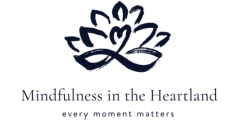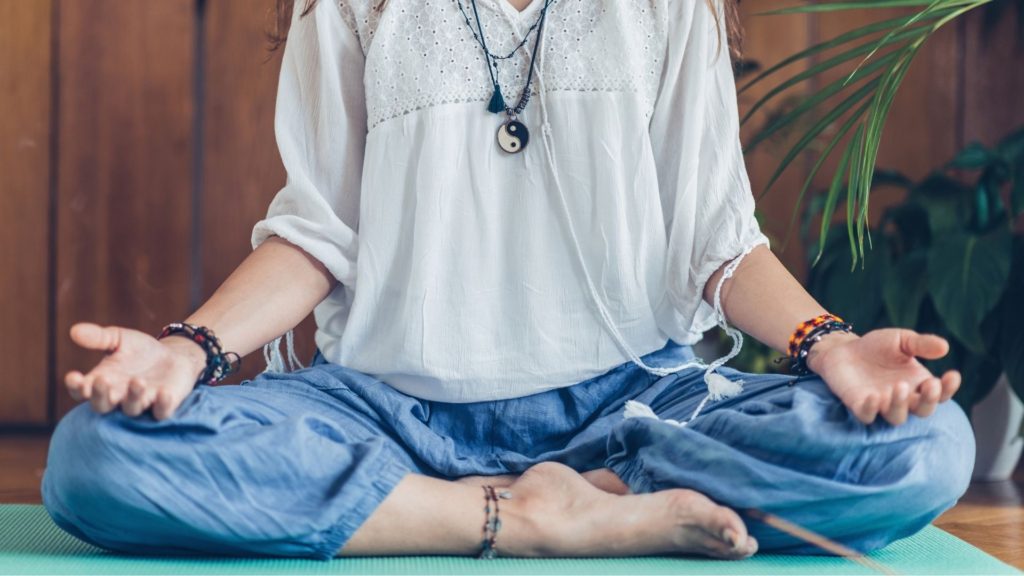Nowhere can man find a quieter or more untroubled retreat than in his own soul.
– Marcus Aurelius –
People who regularly meditate with an organized group will at some point be introduced to the concept of “going on retreat”.
Although formal retreats vary greatly in design, in the mindfulness community the consistent threads of a retreat include taking designated—and typically prolonged—time away from one’s daily activities to spend time in silence, focused on mindfulness practices and listening to insights from dharma teachings (discourses on the nature of life that are often derived from a formal teacher).
Retreat times can be limited to a few hours within a day, to months of deep, contemplative meditation. This withdrawal from daily life is intended to eliminate distraction so that one can deepen the experience of their practice. Typically, fees are associated with attending a retreat at a facility, which can become quite costly if there are additional expenses for travel. These two factors—time and money—can make retreats feel prohibitive for many.
However, with a little effort and planning, most people can make a retreat a reality if they are willing to consider coordinating a personal retreat at home.
Creating a Retreat Environment
Ideally, you want to designate a period of time—typically at least a day in duration—in which you can be uninterrupted. This may mean sending your children (or pets) to visit a friend or relative, and letting those who need to know that you will not be available.
Make sure to plan in advance what food you will have on hand, what you will wear and what meditation supplies you will need (timer, bell, cushion/chair, shawl/blanket). It is also good to keep a retreat schedule and a clock on hand.
Before beginning the retreat, you should make sure your phone, computer (if not being used to access a dharma talk), television, and radio are off…and that they stay off for the duration of the scheduled time.
Here is a sample retreat schedule that can be adapted to suit your needs:
6:30 a.m. Wake, wash-up, dress; sit until breakfast 7:15 a.m. Prepare and eat breakfast (mindfully); clean up 8:00 a.m. Walking meditation 8:45 a.m. Sitting meditation 9:30 a.m. Mindful movement (Yoga, Tai Chi, Qigong) 10:15 a.m. Dharma talk* 11:15 a.m. Sitting meditation 12:00 p.m. Prepare and eat lunch (mindfully); clean up; rest 2:00 p.m. Sitting meditation 2:45 p.m. Walking meditation 3:30 p.m. Sitting meditation 4:15 p.m. Walking meditation 5:00 p.m. Prepare and eat dinner (mindfully); clean up 6:00 p.m. Dharma talk* 7:00 p.m. Walking meditation 7:45 p.m. Sitting meditation 8:30 p.m. Retire for the day or continue to sitEvery aspect of the day that is not based in formal practice becomes an invitation to informally practice mindfulness—by slowing down and engrossing ourselves in every moment-to-moment experience. Whether we are washing up, preparing a meal or cleaning up after ourselves, we can bring all of our senses to these daily routines that are often experienced on autopilot.
Another retreat option is to open your home to friends that are also seeking some personal time for practice. One of the best retreats I ever experienced was a retreat I hosted in my own home with a few friends. I provided the space, did the grocery shopping and invited a teacher to stay for the weekend and provide instruction. It was just as restorative and meaningful as doing it at any off-site retreat location.
It is not always necessary to take a lot of time away from everyday life or have a big bank account to experience the benefits of a retreat. All that is required is some front-end planning, an intention to be mindful, commitment to practice, and a desire to nurture yourself from the inside-out.
* Dharma talks can consist of recordings or readings by a teacher that inspire you. There are a host of dharma talks that can be accessed on-line. Here are just a few: Dharma Audio, Dharma Seed, San Francisco Zen Center, Thich Nhat Hanh, Tara Brach, Buddhanet
If you’d like to experience a retreat in community, we offer half-day retreats on a quarterly basis. You can learn more about them on our ongoing practice page.


